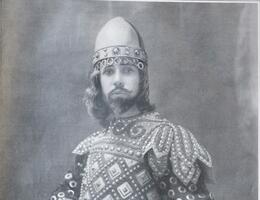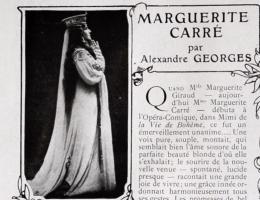Le Roi d’Ys

Opéra en 3 actes et 5 atableaux créé au théâtre du Châtelet.
Le Roi d’Ys was initially conceived, in 1875-1877, as a historic grand opera. However, in 1886, Lalo decided to revise his ambitions: “In reconstructing Le Roi d’Ys, I made use of […] very short forms […]; I systematically set aside all thematic development in order to avoid slowing down the movement on the stage”, he explained when the work was premiered on 7 May 1888 at the Opéra-Comique. The libretto by Édouard Blau, in 3 acts and 5 scenes, retells the legendary story of the drowned city of Ys by Hersart de La Villemarqué in the Barzaz Breiz (1839). The action is set in the Middle Ages in the city of Ys, in Brittany. Margared, the king’s daughter, is betrothed to Prince Karnac. However, she is in love with her childhood friend Mylio… who only has eyes for Rozenn, Margared’s sister. Karnac challenges Mylio, who emerges the victor. Margared takes her revenge by opening the sluice gates protecting the city. Coming to her senses, she admits her crime and throws herself into the sea. The use of Breton songs enabled Lalo to create local colour and free himself from Wagner’s influence (the “regionalism” that many French composers adopted). The opera nonetheless contains a style of declamation similar to that found in Wagner. Noteworthy numbers include the continually evolving scene between Margared and Rozenn (Act I), Margared’s aria “De tous côtés j’aperçois dans la plaine” and the duet between the two rival sisters (Act II), then the scene in which the Te Deum is superposed over the crimes committed by Margared and Karnac (Act III). By the end of May 1889, Le Roi d’Ys had already racked up its 100th performance at the Opéra-Comique, marking the start of a long success story.










